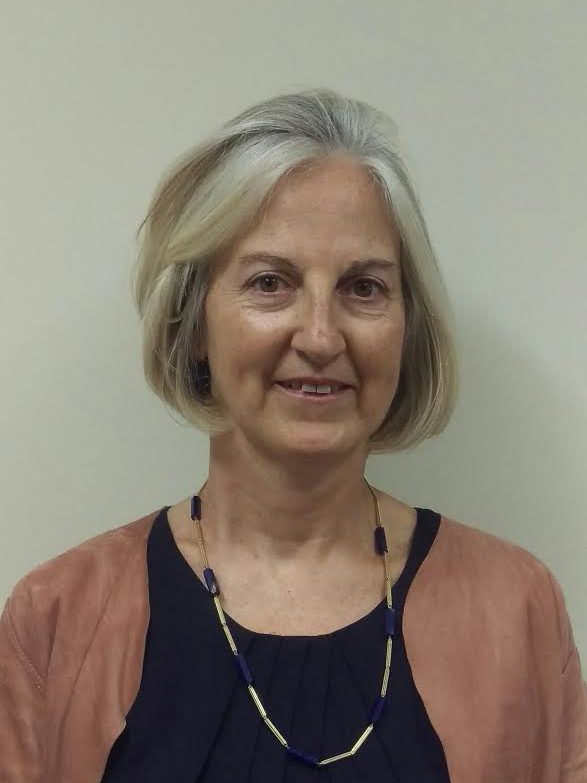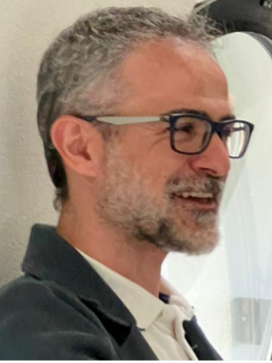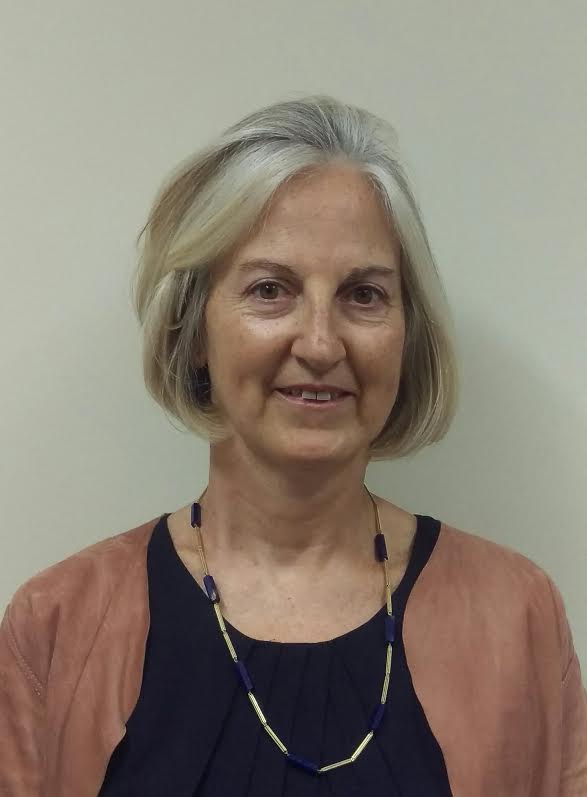



Dina D’Ayala is the UNESCO Chair in Disaster Risk Reduction and Resilience Engineering @ UCL. She is Professor of Structural Engineering within the Department of Civil, Environmental and Geomatic Engineering. She is Co-Director of the UCL EPICentre and Co-Director of the StrEnTHE, the Structural and Environmental Laboratory @UCL HERE EAST. She is a director of the International Association of Earthquake Engineers and Fellow of the ICE. Her specialism is Structural Resilience Engineering with particular emphasis on the assessment, strengthening, preservation and resilience of existing buildings, structures, transport infrastructure and architectural heritage, exposed to natural hazards. She has pioneered research and methods for the assessment of the out of plane behaviour of unreinforced masonry structures and her work has contributed to European and Italian national Standards and global guidelines such as the ones produced by GEM and ISCARSAH.
Future sustainable and resilient masonry construction: is confined masonry the answer?
In a scenario where the global building industry needs to reduce its embodied carbon and associated emissions by at least one third in the next 5 years, in order to meet the Net Zero target. In a scenario where the global population is increasingly urbanised leading to greater habitation density, while the SDGs requires better standard of habitability and infrastructures for all, including higher standards of structural safety against natural hazards, what is the best strategy for mass construction typologies in fast developing middle and low income countries?
The presentation looks at the potential of confined masonry in a range of applications from countries around the globe where confined masonry is extensively practiced, whether this is in line with technical national standards or as a popular form of vernacular construction. What is the potential for future developments? How to ensure they are delivered?

Gabriele Milani is Full Professor of Structural Mechanics at the Department of Architecture, Built Environment and Construction Engineering, Technical University of Milan, Italy. Previously Associate (2014-2019) and Assistant Professor (2008-2014) in the same university. Chair professor at Yangzhou University, PRC (2019-2020), visiting at Newcastle University, UK (2016, 2017) and IIT Bombay, India (2023-2024). His scientific interests are manyfold and include masonry modelling and experimentation, seismic engineering, preservation of historical constructions, timber, limit analysis, innovative strengthening with composite materials, Structural Health Monitoring, genetic algorithms (GA), rubber vulcanization and elastomeric seismic isolation. He published more than 300 papers in high-impact international journals in different fields of structural mechanics, he edited several books and co-authored many book chapters. He is the first author in Scopus under the keyword “Masonry”. He is Associate Editor of Engineering Structures and Engineering Failure Analysis.
Computerised limit analysis for the seismic vulnerability assessment of high complexity historical masonry
The keynote shows the potential of computerized limit analysis in the evaluation of the seismic vulnerability of historical masonry structures. Attention is paid to the last evolution of a software developed at the Technical University of Milan, which encompasses the utilization of 3D infinitely resistant elements interacting with rigid-plastic interfaces. The focus is on massive structures, strengthening elements, inhomogeneity along the thickness, double curvature vaults. The main advantage stands in the adoption of a mesh formally identical to those commonly used for historical buildings in standard pushover analyses carried out with Finite Elements. The main advantage is the ability to predict with high fidelity the actual failure mechanisms active and the corresponding collapse accelerations, at a fraction of the computer time needed by other techniques, but still adopting a global approach, even in the case of complex 3D geometries. Several examples of major relevance are discussed, including masonry aggregates, churches, towers, pagodas, vaults and palaces.

Nebojša Mojsilović, is a Senior Scientist at ETH Zurich, focusing on structural engineering with a specialization in masonry structures. With a career spanning over many years, Dr. Mojsilović has dedicated his career to research and education in this field. Dr. Mojsilović’s primary research interests encompass a wide array of topics related to structural masonry, including the deformation capacity of masonry, the application of limit analysis techniques, seismic response modification strategies utilizing soft layer membranes, hybrid testing methodologies, and the reliability of structural masonry. He has authored and co-authored approximately 100 referred journal and conference papers, along with technical reports. He was honored with the prestigious John B. Scalzi Research Award by The Masonry Society (TMS) in 2020. He actively participates in various professional organizations, holding key positions such as Chairman of the Research Committee and representative on the Board of Directors within The Masonry Society (TMS). He is recognized as a Fellow of the International Masonry Society (IMS) and serves as Chairman of the Swiss Structural Masonry Code Committee.
Enhancing in-plane performance of masonry walls through soft layer membranes: An encapsulation
Over the past fifteen years, ETH Zurich has conducted an extensive series of static-cyclic shear tests on various masonry elements, including triplets, wallettes, and full-scale unreinforced masonry (URM) walls. These tests encompassed configurations both with and without soft layer membranes strategically placed in the bed joint to induce sliding. From this research emerged the concept of the multi-layer bottom bed joint, featuring a core soft layer flanked by two layers of extruded elastomer, positioned within the mortar joint. This presentation offers an overview of the experimental work undertaken, detailing the development of the multi-layer bottom bed joint and its implications. Additionally, the session will provide a concise summary of key findings from other research areas within the Structural Masonry Group at ETH Zurich, including investigations into the deformation capacity of structural masonry, hybrid testing methodologies, advanced measurement techniques, and the reliability of structural masonry.
